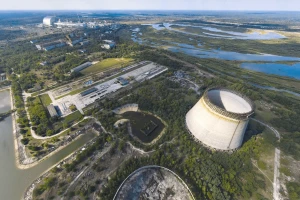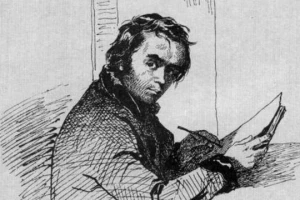Ukraine — a country with a rich and complex history, in which political centers — and with them, capitals — have changed over the centuries. From the ancient cities that served as the capitals of Kyivan Rus to the hetman residences and modern Kyiv, each of these cities has played a special role in shaping Ukraine’s statehood and culture. In this article, we will look at 10 cities that at various points in history were the capitals of Ukraine.
Kyiv
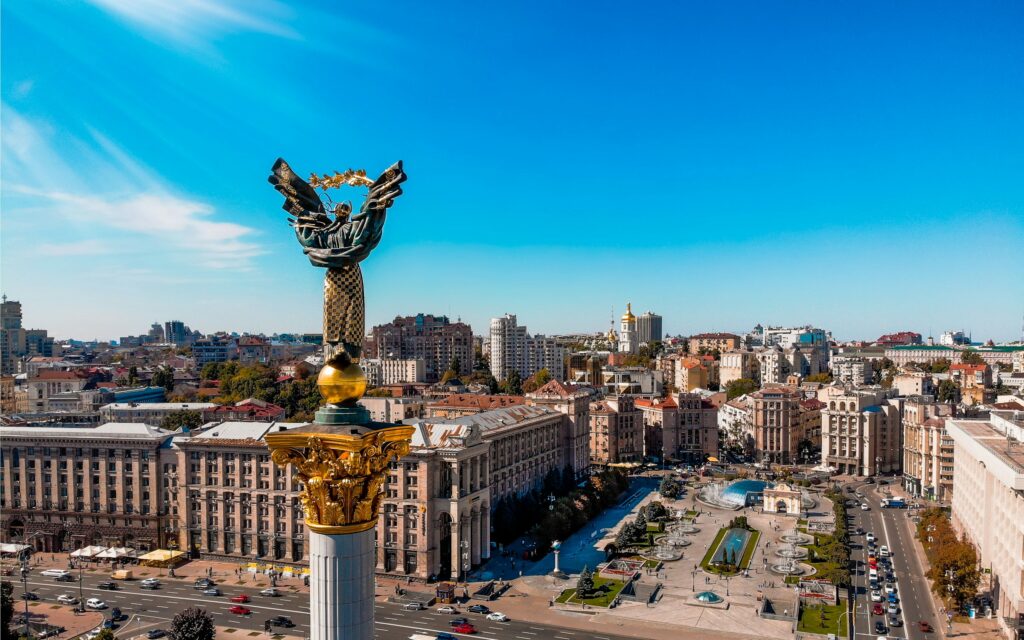
Kyiv has a long and continuous history as a political and cultural center, although its status as a capital has changed according to historical circumstances. Kyiv first became the capital of a powerful medieval state in the 9th–13th centuries, uniting the East Slavic lands. While during the Cossack era it was one of the key centers of the Hetmanate, Kyiv regained full capital status only in 1917–1919 during the Ukrainian People’s Republic’s struggle for independence.
The virtual exhibition "The House Where Ukrainian Diplomacy Was Born" tells about foreign policy relations during this period.
Finally, Kyiv became the capital of independent Ukraine.
Halych
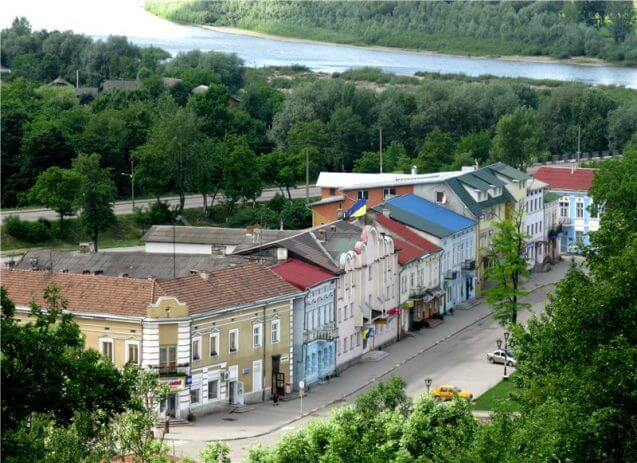
Since 1144, Halych became the capital of the Principality of Halych and later — an important political center of the united Kingdom of Galicia–Volhynia. From 1199, this city was one of the largest and most influential in medieval Europe. Halych flourished in the second half of the 12th century during the reign of Prince Yaroslav Osmomysl and his son Volodymyr Yaroslavovych. In the 13th century, its role grew under Roman Mstyslavych and his son Danylo Romanovych, who strengthened the statehood and influence of the city in the region.
Chyhyryn
.jpg)
Chyhyryn was one of the most important cities in Cossack Ukraine’s history, becoming the first capital of the Hetmanate in the 17th century. It was the seat of Hetmans Bohdan Khmelnytskyi, Ivan Vyhovskyi, and Pavlo Teteria. The city served as the hetmans’ residence and symbolized statehood during the formation of Cossack autonomy. Though it endured numerous wars and destruction, Chyhyryn preserved its historical importance as one of the centers of Ukrainian national revival.
Baturyn
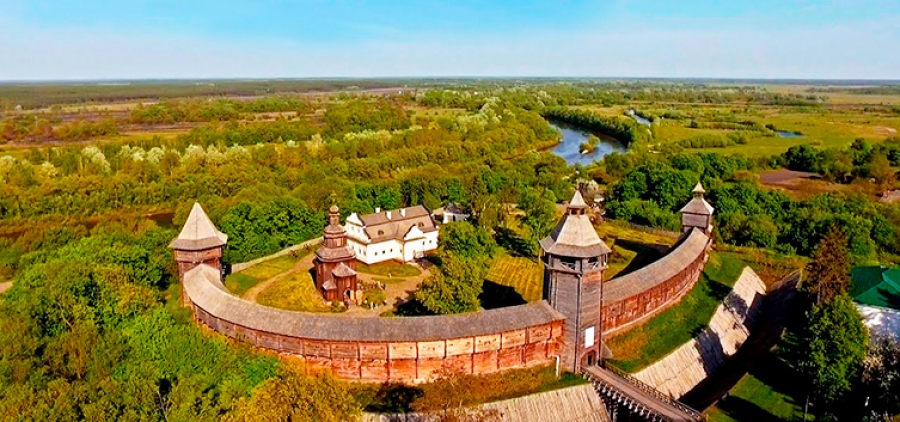
Baturyn played an important role in Ukraine’s political life in the 17th–18th centuries as the capital and residence of hetmans. It was especially significant during the rule of Ivan Mazepa, who turned Baturyn into one of the largest and most fortified centers of the Hetmanate. Unfortunately, in 1708, after Mazepa allied with Swedish King Charles XII, Baturyn was captured by Moscow’s troops and completely destroyed.
Hlukhiv

The last capital of Left-Bank Ukraine from 1708 to 1764, Hlukhiv served as the residence of hetmans Ivan Skoropadsky, Pavlo Polubotok, Danylo Apostol, and Kyrylo Rozumovsky. The city played an important role in the life of eastern Polissia, becoming a significant historical and cultural hub.
Lviv
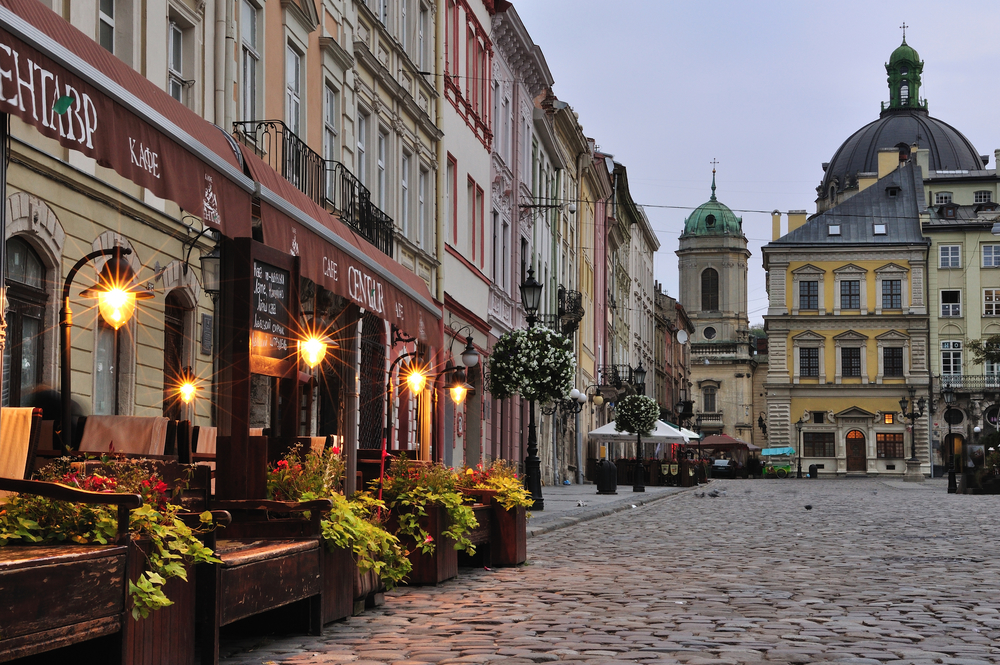
Lviv served as the capital of several state formations. It was the capital of the Kingdom of Galicia–Volhynia in the 13th century, as well as the capital of the Western Ukrainian People’s Republic in 1918. In addition, it was the capital of the Kingdom of Ruthenia, which existed within the Polish Kingdom. You can learn more about the history of the city at the
Lviv Historical Museum.
Chernivtsi
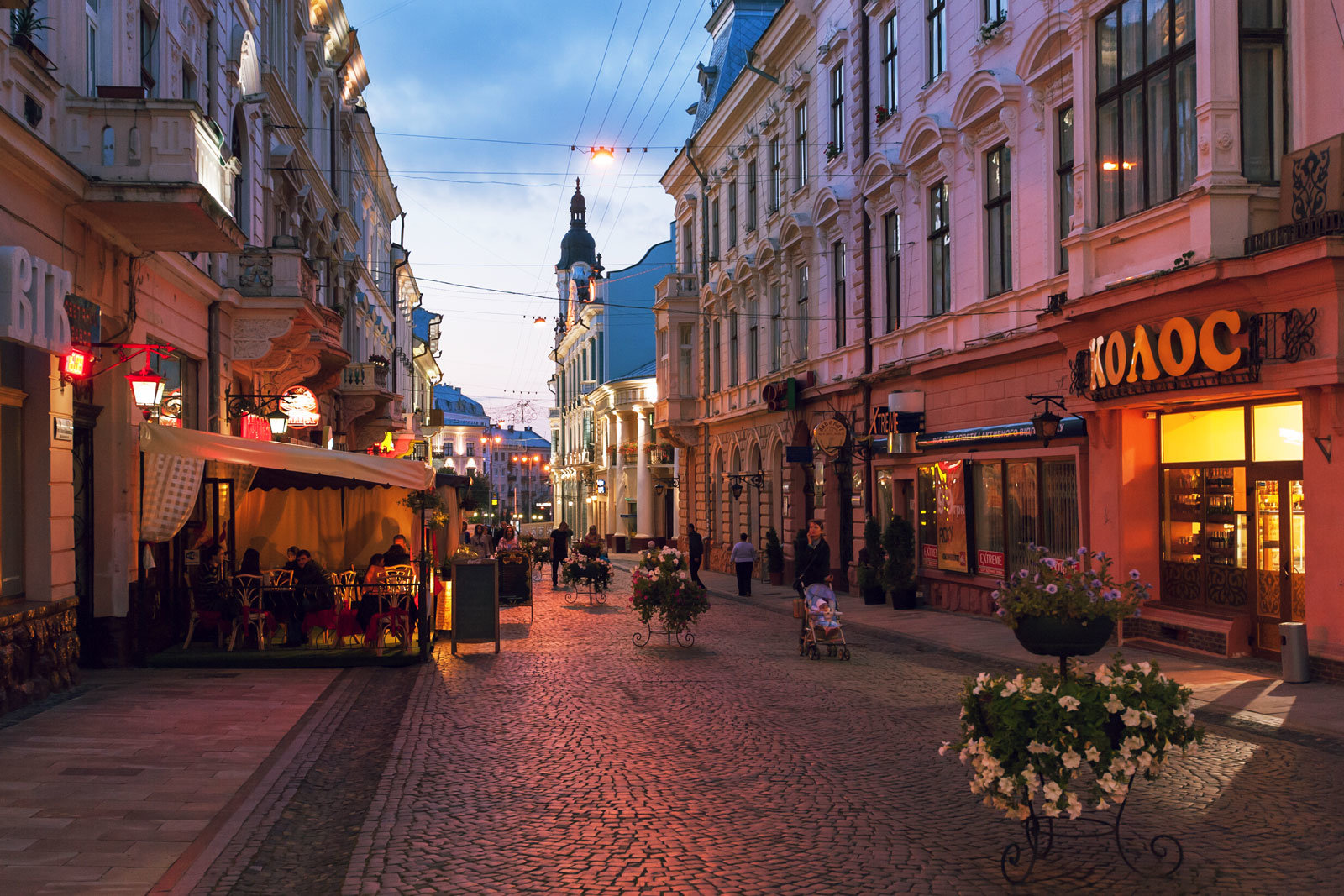
Chernivtsi has historically been the capital of the Bukovina region in western Ukraine. It became particularly significant during the Austro-Hungarian Empire, when it transformed into an important administrative, cultural, and educational center.
Vinnytsia
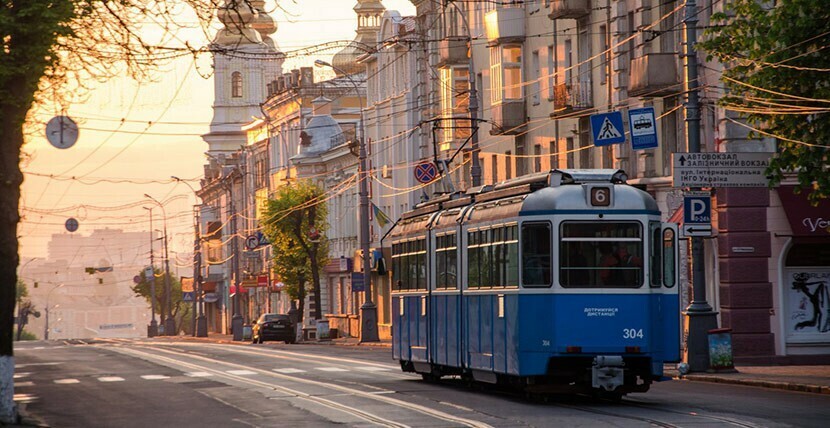
Vinnytsia is a city with a unique historical status, having three times (1918–1920) served as the temporary capital of the Ukrainian People’s Republic. Due to the unstable political situation at the time, when Kyiv was unsafe for the government, Vinnytsia hosted the UPR’s Directorate and state institutions, becoming a center of state-building. However, due to the Bolshevik offensive, the government was forced to leave, and the city changed hands multiple times during the military conflict.
The Vinnytsia Regional Museum of Local Lore tells about these and other events.
Kamianets-Podilskyi
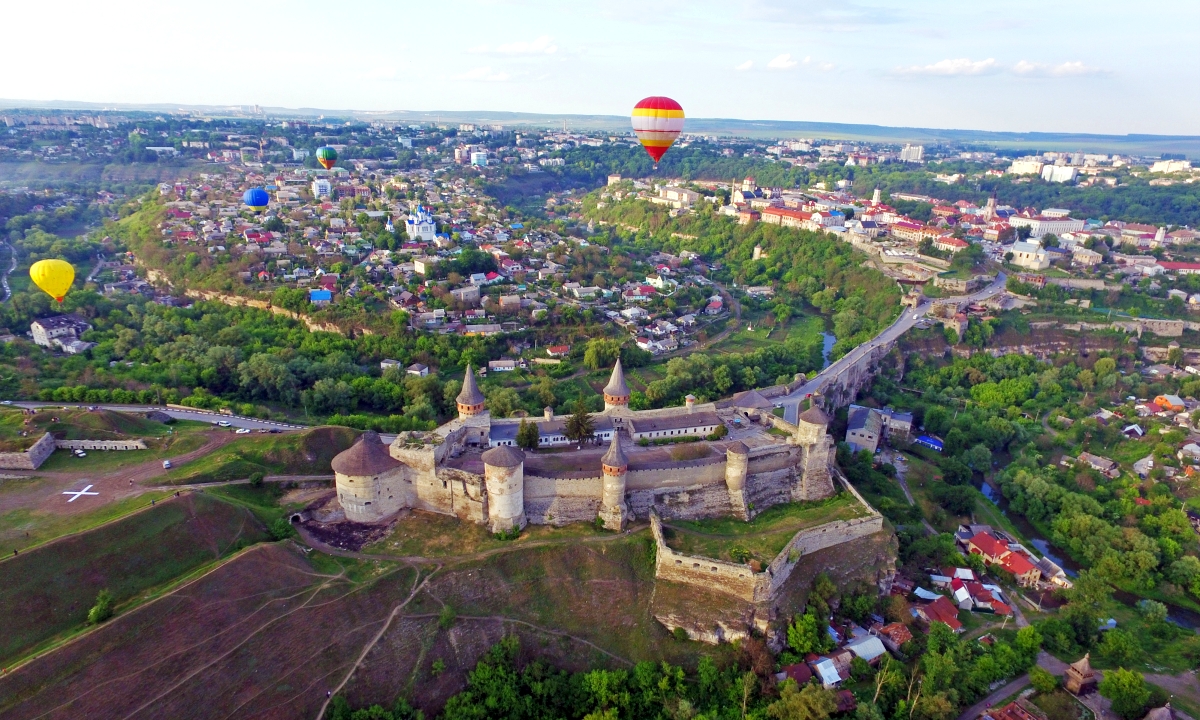
Kamianets-Podilskyi served as the capital of the Ukrainian People’s Republic (UPR) intermittently from 1919 to 1920. The UPR relocated there due to military circumstances and the need to ensure the safety of the government and state institutions. The city became a center for forming UPR troops and hosted the Directorate headed by Symon Petliura, the dictator of the Western Ukrainian People’s Republic Yevhen Petrushevych, the command of the Active Army, and other state bodies.
Kharkiv
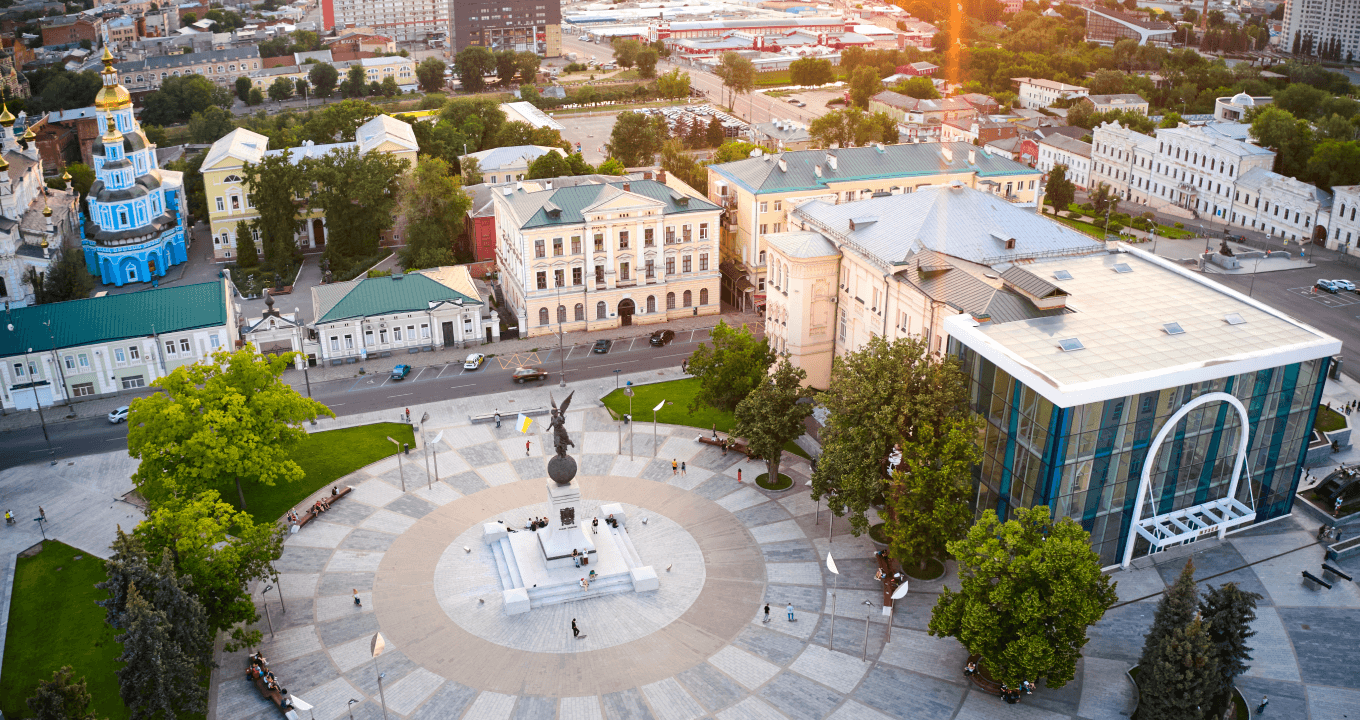
Kharkiv was granted capital status in 1919, when the Bolsheviks failed to secure Kyiv. For the next 15 years, the city became the political and administrative center of the Ukrainian Soviet Socialist Republic. But even before receiving the status of the capital,
the first monument to Taras Shevchenko was erected in Kharkiv.
The history of Ukraine’s capitals reflects the complex and multifaceted path of the nation — from princely times to the present day. Kyiv, Lviv, Baturyn, Chyhyryn, Kharkiv, and other cities have, at various times, been political, cultural, and military centers, shaping the country’s development and its place in the world.


.jpg)







.jpg)


 (1)_latest.webp)

